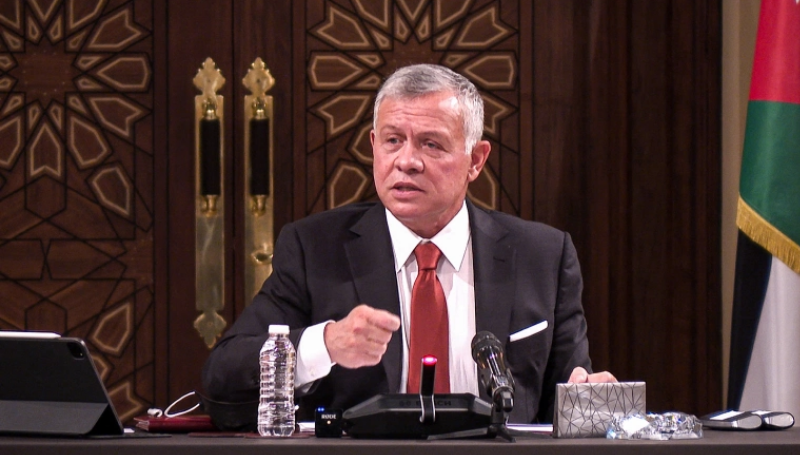Oded Ailam
Jerusalem Center for Security and Foreign Affairs, July 16, 2025
“Jordan has clearly chosen the moderate Sunni axis – cooperating with Egypt, Saudi Arabia, and the West while openly opposing Iran. Yet the political, economic, and demographic pressures grow daily.”
On a cold winter morning in January 2023, King Abdullah II of Jordan met with an Israeli security delegation. Abdullah, composed and restrained, dressed in a gray military coat and a red-black Bedouin scarf, stood by a regional border map at his army’s general headquarters in Amman. Before him sat Israeli intelligence chiefs and senior officials who had come for a secret meeting. With characteristic quiet, the king gazed at the map and whispered:
“I walk with you among the flames, barefoot – but you must understand that every step burns my feet here at home.”
This statement encapsulates the delicate balance Jordan tries to maintain: a strategic partnership with Israel and the West – facing hostile public opinion, Iranian infiltration from the east, and a domestic Islamist resurgence. It reflects Jordan’s dual status – a country teetering on the edge in both regional and international arenas, torn between its alliances with Israel and the West and growing threats from Iran and the Muslim Brotherhood.
Between Israel and Iran: A Shift in the Threat Landscape
Iran has lost much of its influence in Syria and Lebanon and is now seeking new routes to restore its “ring of fire” around Israel. Jordan, naturally, becomes a prime target. Jordan’s long border with Iraq (111 miles or 179 km) stretches from the Jordan-Syria-Iraq triangle in the north to the Jordan-Iraq-Saudi Arabia triangle in the south. ….SOURCE


